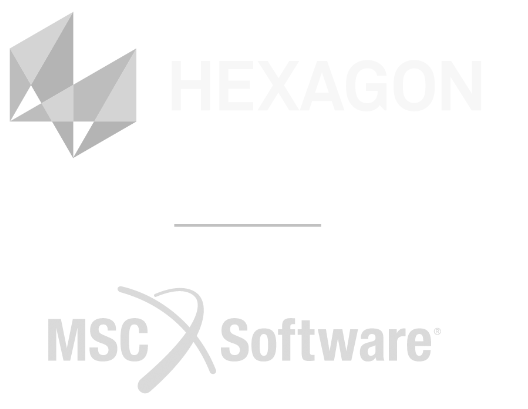What is mechanical engineering?
Mechanical engineering is a branch of science and technology that delves into the processes behind the design, manufacturing and maintenance of any system involving machines. It's a broad level of engineering science, as it focuses on the general knowledge around all branches of mechanical work. Mechanical systems may include a wide range of technology, including plumbing, elevators and heating and air-conditioning systems.
10 reasons to study mechanical engineering:
1. Overcome new challenges
As a mechanical engineer, you may face programs that require a wide range of specialized skill sets. You may gain the chance to learn an advanced new manufacturing process, or you may become an expert in a particular field of engineering to find a solution to your current projects and problems. Considering the wide range of sciences associated with mechanical engineering, you may end up building additional skill sets.
2. Have a wide range of career options
Mechanical engineering may offer jobs in a wide range of areas, such as sales, agriculture, chemistry or construction. They may also find themselves in diverse areas of study, such as working in robotics, nanotechnology or aeronautics. Mechanical engineering may be a base skill set that may set you up for many career opportunities in your future.
3. Create more job opportunities
There may be a high demand for mechanical engineers because of their broad range of knowledge and their role in continually developing technologies. Mechanical engineering may also offer a large variety of entry-level jobs to begin with, as many careers associated with technology require the knowledge learned through studying. Mechanical engineers may also gain the opportunity to narrow their field to specific expertise, which may lead them into a specialized career path.
4. Gain a broad range of knowledge
Mechanical engineering may have a broader impact on people's everyday lives. As you get into the field, you may learn a diverse range of interesting subjects. These subjects may include things like aerospace, biomedical technology or automotive work. Mechanical engineers may gain the opportunity to learn the manufacturing processes from start to finish, allowing you to refine your career goals and interests.
5. Gain chances to think creatively
Mechanical engineering gives you the opportunity to gain skills in creative thinking. This may give you the opportunity to think independently, creating new solutions to whatever problems you may encounter. You may also gain the chance to tinker, encouraging the innovative nature that can lead to new ideas and projects.
6. Be able to contribute to society
Mechanical engineering may have a larger influence on modern society, as the processes involved supply a large variety of helpful technologies. Engineers may also become directly involved in the creation and advancement of transport infrastructure. Working in mechanical engineering may also give you the opportunity to work with the systems that support the distribution of food, medicines and other consumables, providing for the well-being of society.
7. Enjoy your passions
Studying mechanical engineering may give you the general knowledge to expand to any form of expertise related to technology. Mechanical engineers may become more interested in aerospace science, scientific research, machinery manufacturing or other specific branches of engineering. This learning environment encourages being passionate, as it may give you the chance to branch out to a focused form of study based on interests.
8. Learn transferable skills
Mechanical engineering may offer coursework that encourages skills transferrable to any career path you decide to take. This may include broader skills like problem-solving, data analysis and project management, which may help you in any career you may choose. Studying in the field may also give you the opportunities to work in teams, which may help you develop valuable skills like strong leadership and communication.
9. Learn how everything mechanical works
Mechanical engineering may be a primarily hands-on field, which may allow for the opportunity to engage actively with projects. This real-world experience may lead to a better understanding of the complex systems of our world works, allowing your knowledge to break them down into simpler and more understandable components. Mechanical engineers may learn how to isolate and fix problems in these systems, which may give you access to a broader range of skills of maintenance for technology in your everyday life.
10. Always have more to learn
Mechanical engineering is a general field that encompasses all forms of technology, which is something that may always expand into newer territories. Studying this knowledge may give you the opportunity to continue to broaden your knowledge and skill set by always offering something new to learn. Becoming a mechanical engineer may give you the tools you need to explore new ideas as technology continues to develop.





































